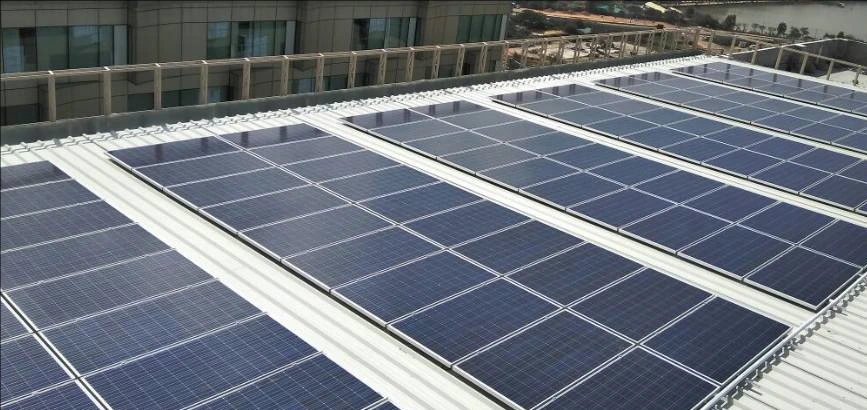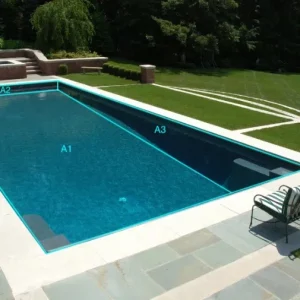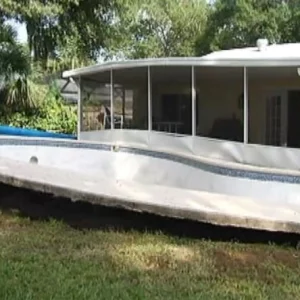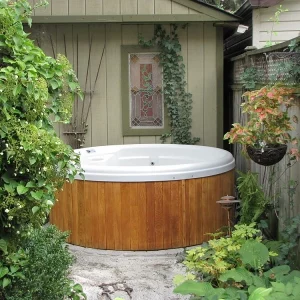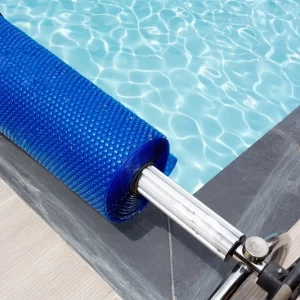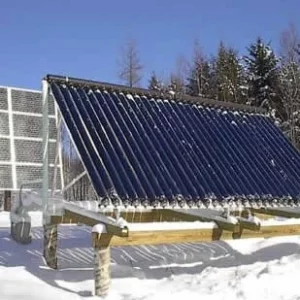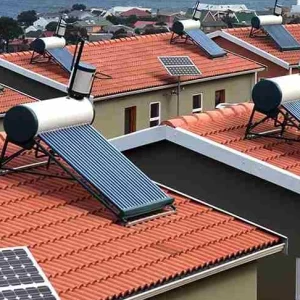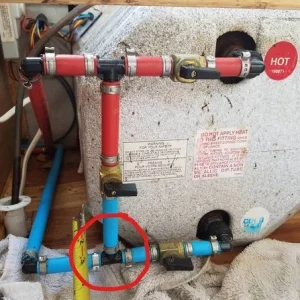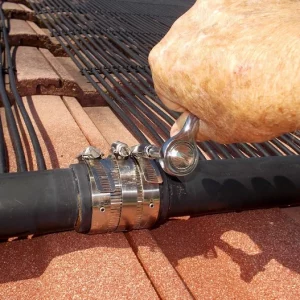In the first quarter of 2023, the US solar industry achieved an astonishing milestone, installing a staggering 6.1 gigawatts-direct current (GWdc) of capacity. This remarkable feat marks a jaw-dropping 47% increase from the same period in 2022.
With the exponential growth in solar panel installations worldwide, homeowners and businesses alike are asking pertinent questions about their setup and maintenance. One of the most frequent inquiries pertains to the space beneath solar panels: Is there a need for an air gap? What is it? And how it affects power productivity. Let’s delve into this topic, focusing on the role and significance of this gap.
An air gap in a solar panel typically refers to the physical space or distance between the surface of the solar cells and the protective cover or glass layer on top of them. This gap serves as insulation and helps to prevent electrical conduction between the solar cells and the external environment. It is an important design feature to ensure the safety and performance of the solar panel. The air gap acts as an electrical barrier, reducing the risk of electric shock and enhancing the panel’s durability. It also helps to dissipate heat generated by the solar cells, which is important for maintaining the panel’s efficiency. The specific size and design of the air gap may vary depending on the solar panel manufacturer and model.What is an Air Gap in a solar panel
Role of an Air Gap in the Solar Panels
The air gap, often referred to as the ventilation gap, is crucial for a variety of reasons.
The role of an air gap in solar cells is multifaceted and essential for the proper functioning and safety of solar panels.
Here are the key roles of an air gap in solar cells:
Electrical Insulation: The air gap provides electrical insulation between the solar cells and the external environment, including the frame and mounting structure of the solar panel. This insulation prevents electrical conduction and reduces the risk of electric shock when the panel is installed or serviced.
Thermal Dissipation: Solar cells generate heat when exposed to sunlight and convert it into electricity. The air gap allows for the dissipation of this heat. It acts as a thermal buffer, helping to keep the solar cells within their optimal operating temperature range. This, in turn, enhances the efficiency and lifespan of the solar panel.
Moisture Protection: Solar panels are exposed to various environmental conditions, including rain and humidity. The air gap acts as a barrier that helps protect the sensitive electronic components of the solar cells from moisture, reducing the risk of corrosion and electrical damage.
Mechanical Protection: The air gap also serves as a protective layer between the solar cells and the external elements, such as dust, debris, and potentially impact from hail or other objects. It helps shield the cells from physical damage and maintains their structural integrity.
Optical Properties: The refractive index of air is different from that of glass or other materials used in solar panel covers. This difference can affect the way sunlight interacts with the panel, potentially enhancing light trapping and increasing the overall efficiency of the solar cells.
To prevent potential overheating in PV modules and the formation of hotspots near the top of the modules, it is necessary to maintain a minimum air gap of 0.12–0.15 meters for multiple module installations and 0.14–0.16 meters for single module installations, which may vary based on the roof pitch.
While there is undeniable value in ensuring there’s an air gap under the solar panels, there are also related considerations. For instance, did you know that with specific setups, like solar pool panels, there are different concerns? Walking on such panels is a topic of its own.
Sealing and Maintenance
Now, understanding the importance of the gap, one might wonder: How do you seal the gap between solar panels? Sealing doesn’t necessarily mean eliminating the gap but rather ensuring that it doesn’t become a nesting ground for birds or pests. Mesh or similar barriers can be installed without disrupting the airflow.
FAQs on Air Gap Under Solar Panels
Mesh barriers or specialized solar panel critter guards can be used. They allow ventilation while preventing pests from settling in. The gap provides ventilation to control temperature, prevent moisture buildup, and ensure optimal panel performance. While solar panels can be installed on varied surfaces, a uniformly flat surface ensures optimal sun exposure and uniform degradation. Special installations might be required for uneven surfaces. The ventilation gap, or air gap, is the space left beneath solar panels to allow for proper airflow and temperature regulation. While they can be close, solar panels should not be completely flush with the roof to allow for ventilation. This also prevents potential issues like moisture buildup or overheating.How do you seal the gap between solar panels?
Why is there a gap between solar panels?
Do solar panels need a flat surface?
What is the ventilation gap for solar panels?
Should solar panels be flush with the roof?
Conclusion
Installing solar panels is more than just fixing them onto a roof. Understanding nuances, like the importance of the air gap, ensures the durability and efficiency of your solar investment. As the realm of solar expands, so does the knowledge base, addressing specific concerns like whether solar tubes lose heat or identifying the best pipe for a solar pool heater. It’s an ever-evolving domain, and staying informed guarantees the best out of your solar solutions.
- Swimjoy Solar Panels 2023: In-Depth Review & Insights - June 22, 2024
- How to Calculate Your Pool’s Square Footage Accurately? - October 15, 2023
- Pool Expansion Guide: Making Your Existing Pool Bigger! - October 15, 2023
